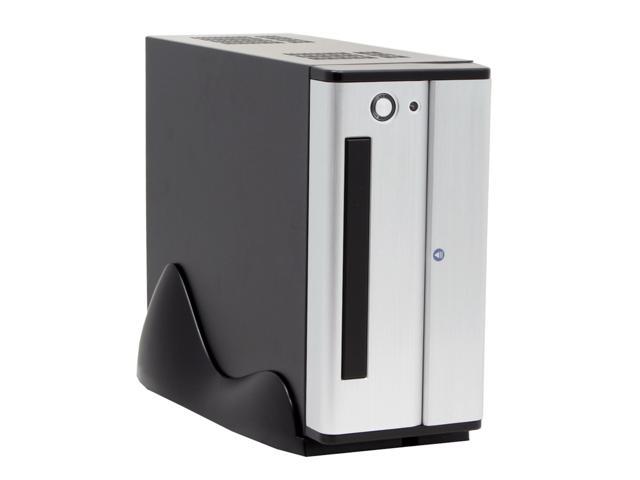Made the Switch!
The other night, I switched over the drive mappings and copied all of the files from the old server to the new. My users (read: family) didn't notice.
Time for the next project: Backup!
Labels: fileserver
The trials and tribulations of a Linux newbie trying to setup a home server.
The other night, I switched over the drive mappings and copied all of the files from the old server to the new. My users (read: family) didn't notice.
Labels: fileserver
I was able to get out to Interstate Battery ("Every battery for every need") the other day to get a replacement cell for the motherboard, and I installed it this morning. That's the last thing on my checklist before moving this box into production.

Labels: fileserver
It took a little less than an hour to do the whole process. I'm getting good at this.
Labels: fileserver
I've been fighting this server problem since December, and now, over 3 months later, I've found the problem. I was hoping that the solution would be failing hardware, or maybe a kernel incompatibility, but instead, it is my stupidity.
Labels: fileserver
Lormalinux is touted as a distro tailored for the education field. What brought it to my attention was my Google search "linux distro preconfigured for samba". It was the first link returned.
Labels: fileserver
The Blizzard of 2007 has started, so the family and I are all home today. Since I've been having zero luck with Ubuntu, I'm trying Fedora 6. Not a bad project to relieve cabin fever.
BOOTPROTO= static
BROADCAST=192.168.254.254 (is this the gateway?)
IPADDR=192.168.254.1
NETMASK=255.255.255.0
NETWORK=192.168.254.0 (not sure what this is)
Labels: fileserver
Just for my own documentation, here's how I configured the Samaba share from the old server on the new server, courtesy of Tero Karvinen:
Labels: fileserver
Today, I'm trying the 6.06 version of Ubuntu Server to see if the symptoms continue (see many earlier posts for details).
Labels: fileserver
I've kept the tone of Parts 1 , 2, and 3 on the positive side and saved all of the frustrating issues for this post - mainly because they are not central to the building a server discussion. I'm documenting them here just to have a record of the symptoms and solutions (if any).
smbd[4198]: [2007/02/10 16:21:01, 0] lib/util_sock.c:write_data(557)
smbd[4198]: write_data: write failure in writing to client 192.168.254.160. Error Connection reset by peer
smbd[4198]: [2007/02/10 16:21:01, 0] lib/util_sock.c:send_smb(765)
smbd[4198]: Error writing 4 bytes to client. -1. (Connection reset by peer)
smbd[4199]: [2007/02/10 16:33:08, 0] lib/util_sock.c:read_data(529)
smbd[4199]: read_data: read failure for 4 bytes to client 192.168.254.160. Error = Connection reset by peer
smbd[4199]: [2007/02/10 16:33:08, 0] lib/util_sock.c:write_data(557)
smbd[4199]: write_data: write failure in writing to client 192.168.254.160. Error Broken pipe
smbd[4199]: [2007/02/10 16:33:08, 0] lib/util_sock.c:send_smb(765)
smbd[4199]: Error writing 75 bytes to client. -1. (Broken pipe)
Labels: fileserver
I reinstalled and configured software as outlined here, although I had to reverse the SSH and repository steps commenting out the CD as a source since I have no CD-ROM (more on that later). Also, I ran through the additional configuration steps here, here, and here.
Labels: fileserver
A couple of weeks ago, I prepared a USB flash drive as bootable with the Ubuntu 6.10 Server install files ready to go. I tried it out on my Dell at work, and it booted. However, I wasn't able to get my son's computer (which has a USB boot option in the BIOS) to work with it, and this new computer had the same problem (and I think a very similar BIOS).

apt-get install linux-386
apt-get remove linux-server
Labels: fileserver
Despite the snow storm, the parts for the new server were delivered today. With all extracurricular activities canceled for the evening, I began putting things together after supper.





Labels: fileserver

How long until we will be able to see live GPS feeds of our packages as they speed down the interstate, or fly to and from Memphis? "Look Honey, I think the truck is about to turn onto our street! Get my camera!" Wouldn't that be both amazingly cool and frighteningly anal at the same time? Homeland Security would never go for it.
Labels: fileserver